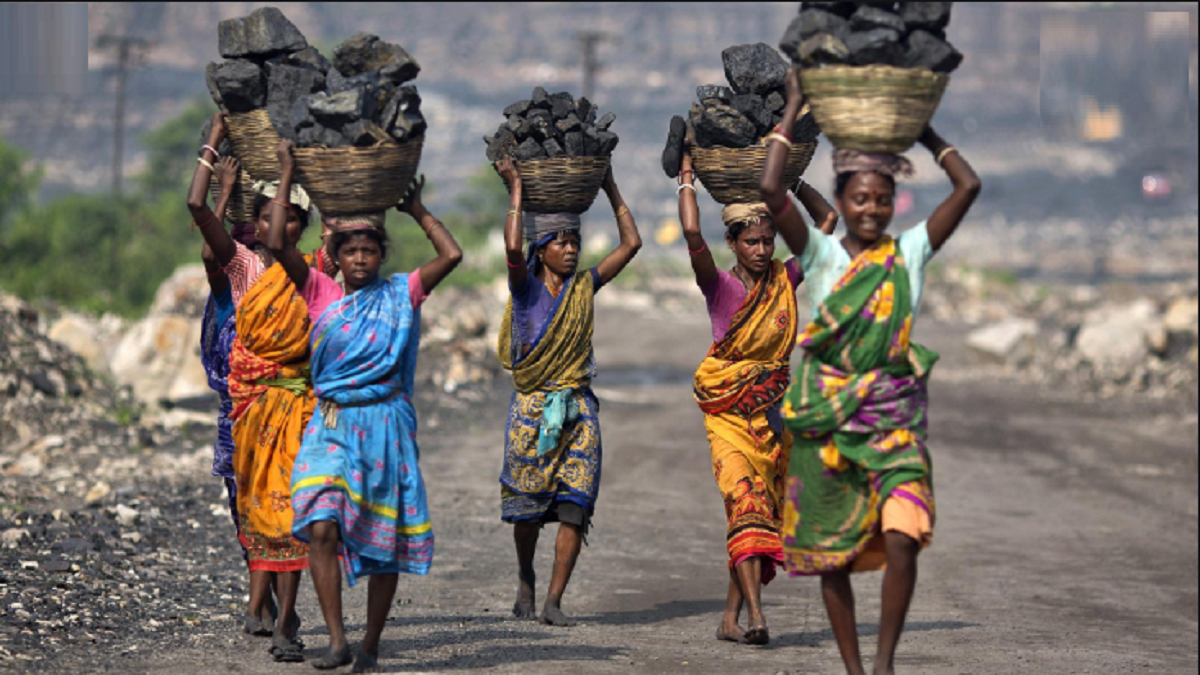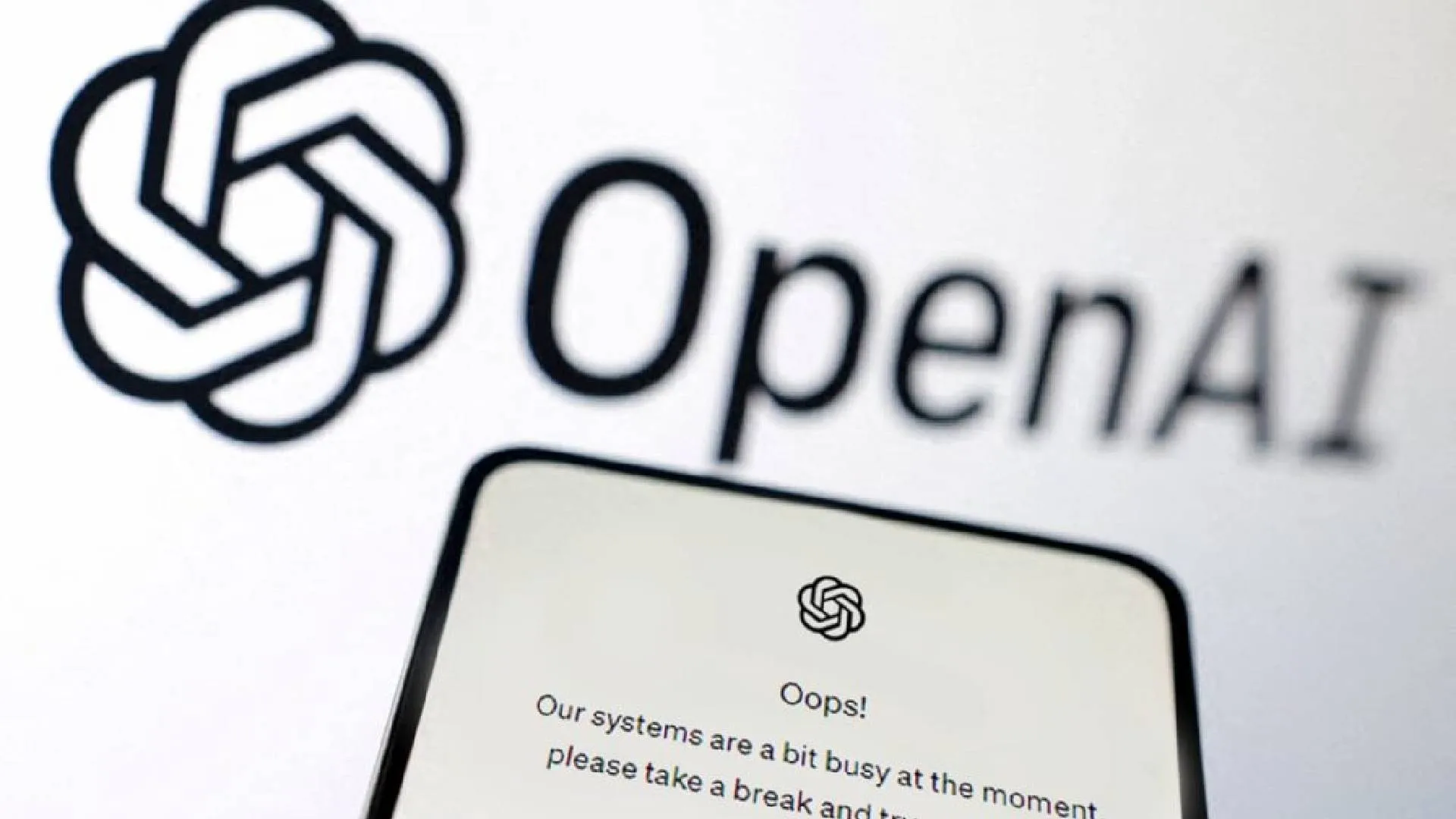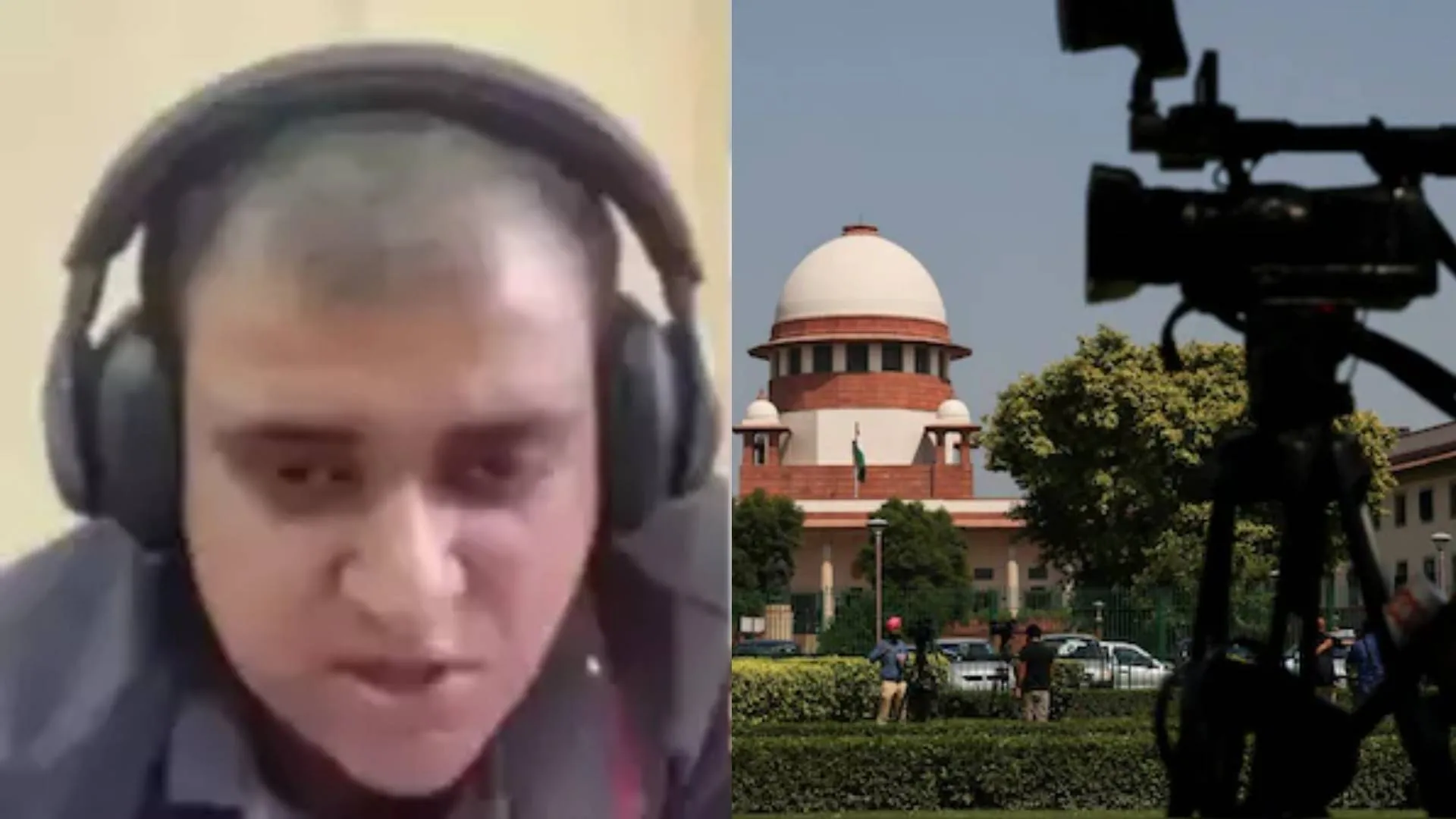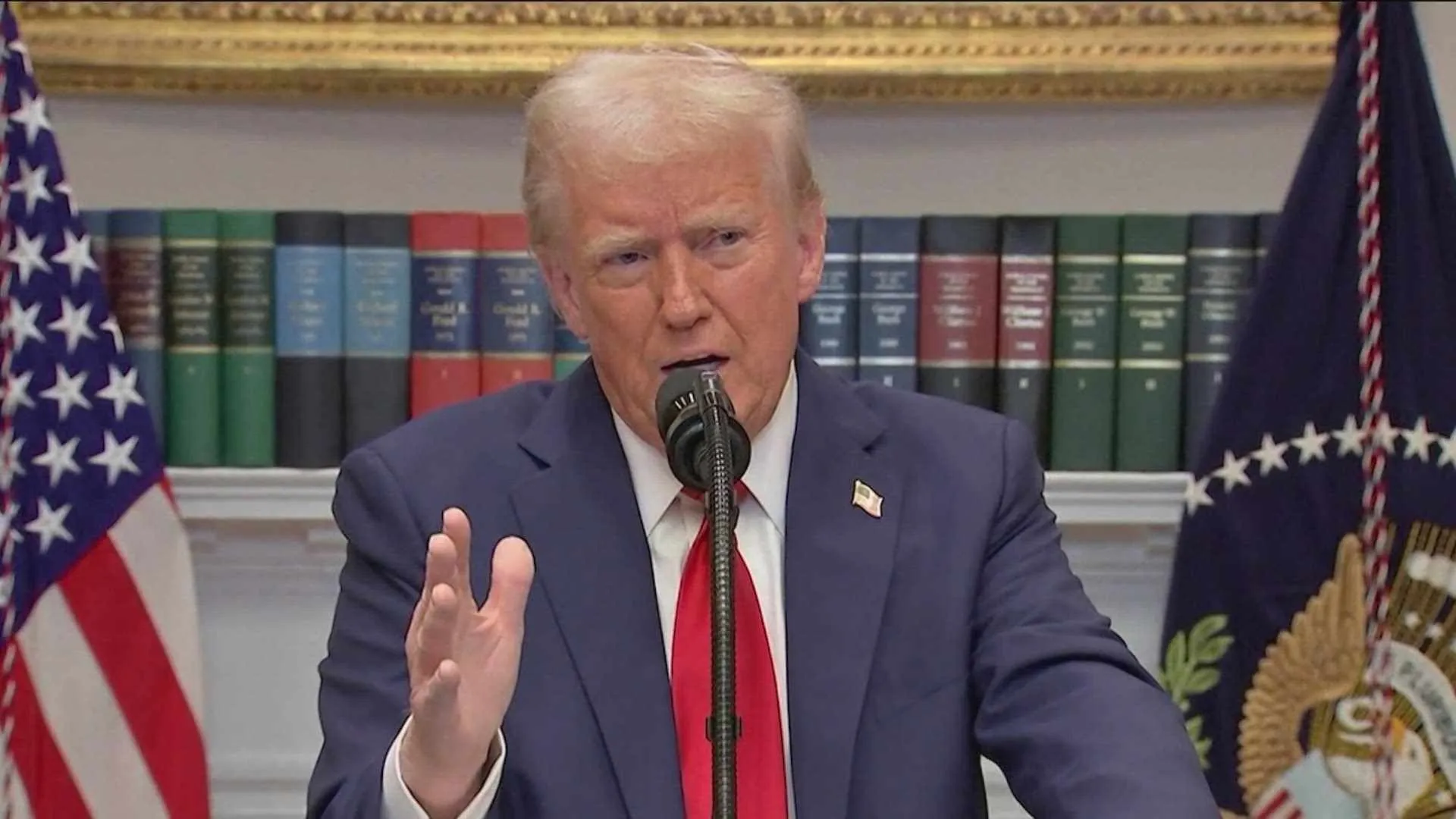The Government of India declared a nationwide lockdown on March 25, 2020 owing to the COVID-19 crisis. The lockdown which primarily aimed at controlling the spread of the virus and its health hazards had an adverse economic impact in India. The working of shops, establishments, factories and industries came to a standstill, affecting the supply chain. As people were confined to their homes, the changes in the consumer preferences affected the demand of goods.
The workers suffered tremendously due to stoppage of work and wages. Simultaneously, post-lockdown, it can be foreseen that investors would grow skeptical of investing at a time of sluggish economic growth. They would be reluctant to invest in an economy with lesser incentives, stringent labour regulations, disrupted demand-supply chain etc.
Labour Reforms Proposed by the State Governments
In the background of structural reforms being introduced by the Finance Minister, various State Governments are working towards incentivizing investors to further the ease of doing business within the States.
The State Governments of Uttar Pradesh (“UP”) and Gujarat proposed blanket bans on most of the labour laws in their respective States with a few exceptions. The State Government of Madhya Pradesh (“MP”) also made amendments to certain provisions of the existing labour laws.
Following this move, states like Rajasthan, Himachal Pradesh, Punjab, Maharashtra, Uttarakhand, Haryana, Goa, Assam and Tamil Nadu are gradually bringing about certain labour reforms to promote investments and find a place in the economic race.
Aims and Objectives of the Reforms
The State Governments have clarified that the labour reforms are targeted at restarting economic activities and giving them an impetus to grow within the States. They are of the view that easing labour laws to include less compliance requirements, no pre-determined costs, longer working hours and more discretion to employers would facilitate greater economic opportunities in an investorfriendly State. They aim that the flexibility in business processes may help the employer provide employment to the migrant workers while also securing the work of existing employees.
Authority of the State Governments
1.Authority regarding changes to Central Laws
There are around 40 Central laws and approximately 200 State laws regulating and governing the labour practices in India. The Parliament and the State legislatures have been provided with the power to legislate on matters relating to labour under Article 246(2) read with Items 22-26 of the Seventh Schedule (Concurrent List) of the Constitution of India of 1950. In case of any inconsistency between the Central law (existing or to be enacted) and State law regarding the same matter, Article 254(1) of the Constitution provides that the law made by the State, to the extent of the repugnancy, shall be void.
The Supreme Court in Deep Chand v. State of UP and M. Karunanidhi v. Union of India laid down the legal test required to determine repugnancy of a State law:
a. Whether there is a direct conflict between the two provisions in such a manner that such inconsistency is absolutely irreconcilable and the inconsistency is of such a nature that it is impossible to obey one without disobeying the other?
b. Whether the Central law and the State law occupy the same field, i.e. they legislate on the same subject matter?
In the present scenario, the State notifications and Ordinances have attempted to exempt the application of the Central labour laws and the State labour laws in a manner that they are in direct collision with the applicability of the Central law. The immediate consequence of the same would be that if any labourer or employee of a factory can be laid off (according to UP Ordinance) without any legal remedy available, it will be in direct contradiction to the provisions of Factories Act and the ID Act. Moreover, time and again, the Supreme Court and various High Courts have reiterated that the Central labour laws are an exhaustive code in itself and the State laws should be modeled to further the implementation of the aims and objectives of the Central laws.
Article 254(2) provides that when such a State law made with respect to any matter contained in the Concurrent list, and repugnant to the provisions of a Central law receives an assent by the President, such State law shall prevail in that state over the Central law. However, subsequently the Parliament can enact any law with the same subject matter amending, varying or repealing the law so made by the State legislature.
The UP government and the MP government recognizing the claim of repugnancy which could loom over their respective Ordinances, have chosen to send it to the President for approval. Even assuming the baffling scenario where the President approves such State executive ordinances, as recognized by Supreme Court in Zaverbhai v. State of Bombay, the state law can be declared void by a subsequent repeal or amendment by the Central government.
Keeping in mind that the Code of Wages Act of 2019 (which subsumed the Equal Remuneration Act, Payment of Wages Act, Payment of Bonus Act and the Minimum Wages Act) is still not functional due to the lack of notification of the Rules made thereunder, the notification of the same will act as a trigger that could make the State laws passed under the guise of the emergency scenario surrounding COVID-19, void to the effect of that repugnancy. Similarly, the enactment of the consolidated proposed legislations pertaining to occupational safety and health, industrial relations and social security will effectively make the respective State laws void, in toto.
Authority in compliance with the statute
The executive orders and notifications by the State governments have been issued under section 5 of the Factories Act, which allows states to exempt industrial units from observing the provisions of the Factories Act during ‘public emergency’ for a period of 3 months. ‘Public emergency’ has been defined as ‘grave emergency whereby the security of India or of any part of the territory is threatened either by war or external aggression or internal disturbance’. The State governments construed the provision liberally since the labour laws are beneficial legislations. However, they diluted the object of the legislations depriving the labourers who have been the worst affected by COVID-19. Moreover, the decision of the UP Government (till the Government’s ordinance receives Presidential assent) and Gujarat government (merely a notification) to extend the exemptions for a period of 3 or more years is against the conditions laid down under section 5.
Legal Implications
1. Statutory Implications
Firstly, section 65(2)(3) of the Factories Act empowers the states to amend Sections 51- 52, 54 and 56 provided that the number of working hours in any day should not exceed 12 hours and the total number of work-hours in any week including over-time should not exceed 60 hours. Each state government, except Punjab has provided for the extension of a total of 72 hours in a week, which is in contradiction to Section 65.
Secondly, the provisions which have not been exempted provides the workers with rights without any remedy. For instance, the UP Government saved the provision providing for timely payment of wages while exempting the remedy under the Payment of Wages Act. Similarly, the Gujarat Government also saved the Industrial Safety Rules without clarifying its position of dispute resolution upon breach of such rules within the exempted Acts.
2 . Constitutional Implications, Fundamental Rights & Global Norms
The collective outcome of the exemptions is that employers now have the freedom to pay wages as per their convenience, indulge in hireand-fire practices, force long working hours without the provision of basic facilities of sanitation and humane work conditions and prohibit unionizing of the labourers to dispose off the collective bargaining power. It was held in People’s Union for Democratic Rights v. Union of India that the labour laws are social welfare legislations intended to ensure basic human dignity to the workers, and any deprivation of the same is a clear violation of Article 21 of the Constitution. The payment of minimum and fair wages is an important aspect enshrined under Article 23 of the Constitution. The Supreme Court in Occupation Health and Safety Association of India v Union of India and Consumer Education and Research Centre v. Union of India held that right to health and medical care while in service, just and humane conditions of work are encompassed under Article 21 read with Article 39(e), 41-43 and 48-A of the Constitution. The Constitution has also recognized the right to form trade unions and engage in collective bargaining under Article 19(1) (c) of the Constitution. The right to unionize and social security is an important aspect of international human rights recognized by the Universal Declaration on Human Rights, 1948 and International Covenant on Economic, Social and Cultural Rights (ICESCR), 1976 which India is a part of. Moreover, India has ratified the Hours of Work (Industry) Convention, 1919 in 1921 which prescribes a maximum 48 working hours in a week, and the present extension to 72 hours is in violation of the international norms. Furthermore, the International Labour Organization (“ILO”) has condemned the move of the State Governments and pressed for a consultative stakeholder deliberation involving workers and the employers.
Therefore, the state notifications and ordinances may be subjected to judicial review and, the same may be declared unconstitutional for violating the fundamental rights of the workers under the Constitution and the international norms.
Economic Impact of the Reforms
The economy is driven by rapid investments which are assured by a constant consumption/demand of products and services. Currently, the economy is in a slump due to the shutdown of the economic and business processes in the lockdown, making the investors more skeptical of the uncertainty of demand.
(Read the conclusion on https://link4din.com/guardians-numeric-wisdom)























